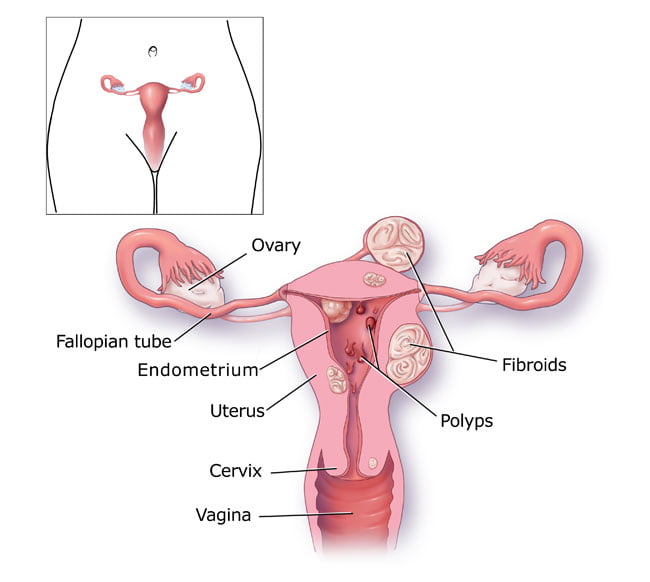Fibroids (also referred to as myomas or leiomyomas) are non-cancerous tumours which grow in or around the uterus, developing from cells that make up the uterus. This is a very common condition, affecting between 30-77% of women during their reproductive years.
About two-thirds of women with fibroids will show no symptoms, though those that do may experience painful or heavy periods, abnormal bleeding, back, abdominal or pelvic pain, constipation, urination issues and painful sex.
There are several different types of fibroids, including;
- Intramural Fibroids – These develop in the womb muscle and may distort the shape of the uterus if they grow big enough, sometimes causing heavy periods, pressure and pain.
- Subserosal Fibroids – This type of fibroid begins in the muscle wall but later protrudes into the pelvis.
- Submucosal Fibroids – These are fibroids which grow into the uterine cavity, often causing fertility problems.
When to seek treatment
Removal treatment may be recommended for women with submucosal fibroids who are struggling to conceive, either naturally or through IVF. Many women have reported a restoration in fertility following fibroid removal, however, your GP or fertility specialist is likely to recommend trying to conceive for up to two years before undergoing such treatment.
If fibroids are still present while a woman is pregnant, they are likely to increase in size. This usually does not cause complications, though some women can miscarry or give birth prematurely. Moreover, if the fibroids are particularly large, they may obstruct the birth canal, making it necessary for caesarean section in order for a safer birth. It is important to point out that doctors typically avoid treating fibroids surgically while a woman is pregnant.


